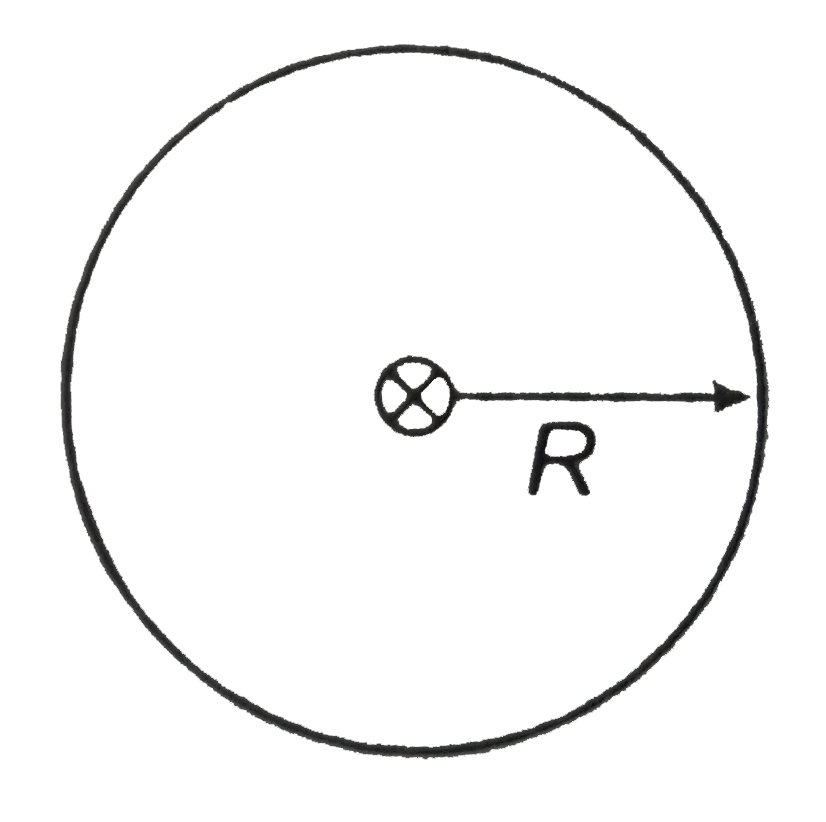What will be the number of electron passing through a heater wire in one minute, if it carries a current of 8A
To find the number of electrons passing through a heater wire in one minute when it carries a current of 8 A, we can follow these steps:
1. Understand the relationship between current, charge, and time:
The current (I) is defined as the rate of flow of charge (Q) over time (T). The formula is:
I=QT
2. Identify the given values:
- Current (I) = 8 A
- Time (T) = 1 minute = 60 seconds
3. Calculate the total charge (Q):
Rearranging the formula for charge gives:
Q=I×T
Substituting the known values:
Q=8A×60s=480C
4. Relate charge to the number of electrons:
The total charge can also be expressed in terms of the number of electrons (n) and the elementary charge (e):
Q=n×e
where the charge of a single electron e is approximately 1.6×10−19C.
5. Calculate the number of electrons (n):
Rearranging the equation gives:
n=Qe
Substituting the values we have:
n=480C1.6×10−19C
Performing the calculation:
n=3.0×1021
6. Conclusion:
The number of electrons passing through the heater wire in one minute is 3.0×1021.
The current (I) is defined as the rate of flow of charge (Q) over time (T). The formula is:
I=QT
- Current (I) = 8 A
- Time (T) = 1 minute = 60 seconds
Rearranging the formula for charge gives:
Q=I×T
Substituting the known values:
Q=8A×60s=480C
The total charge can also be expressed in terms of the number of electrons (n) and the elementary charge (e):
Q=n×e
where the charge of a single electron e is approximately 1.6×10−19C.
Rearranging the equation gives:
n=Qe
Substituting the values we have:
n=480C1.6×10−19C
Performing the calculation:
n=3.0×1021
The number of electrons passing through the heater wire in one minute is 3.0×1021.
Topper's Solved these Questions
- BOOK - ALLENCHAPTER - CURRENT ELECTRICITYEXERCISE - EXERCISE-III26videos
CURRENT ELECTRICITY
- BOOK - ALLENCHAPTER - CURRENT ELECTRICITYEXERCISE - EXERCISE-IV A32videos
CURRENT ELECTRICITY
- BOOK - ALLENCHAPTER - CIRCULAR MOTIONEXERCISE - EXERCISE (J-A)6videos
CIRCULAR MOTION
- BOOK - ALLENCHAPTER - GEOMETRICAL OPTICSEXERCISE - subjective14videos
GEOMETRICAL OPTICS
Similar Questions
Number of waves passing through a point in one second
View SolutionHow many electrons per second pass through a section of wire carrying a current of 0.7A?
View SolutionThe length of a current-carrying cylindrical conductor is l, its area of cross-section is A, the number density of free electrons in it is n, and the drift velocity of electrons in it is vd . The number of electrons passing through a particular cross-section of the conductor per unit time is given by:
View SolutionA small insect crawls in the direction of electron drift along bare copper wire that carries a current of 2.56A. It travels with the drift speed of the electron in the wire of uniform cross-section area 1mm2Number of free electrons for copper =8×1028/ and resistivity of copper = 1.6×10−8Ωm
How much time would the insect take to crawl 1.0 cm if it crawls at the drift speed of the electron in the wire?View SolutionThe electric current passes through a metallic wire produces heat because of :
View SolutionFive long wires A, B, C, D and E, each carrying current I are arranged to form edges of a pentagonal prism as shown in figure. Each carries current out of the plane of paper.
(a) What will be magnetic induction at a point on the axis O? Axis is at a distance R from each wire.
(b) What will be the field if current in one of the wires (say A) is switched off?
(c) What if current in one of the wire (say) A is reversed?View SolutionA flow of (1012) electron per minute in a conducting wire constitutes a current of
View SolutionA flow of 1012 electrons per minute in a conducting wire constitutes a current of
View Solutionwe often say "a current is going through the wire " What goes through the wire,the charge or the current ?
View SolutionA circuit consists of a circular loop of radius R kept in the plane of paper and an infinitely long current carrying wire kept perpendicular to the plane of paper and passing through the centre of loop. The mutual inductance of wire and loop will be
 View Solution
View Solution

